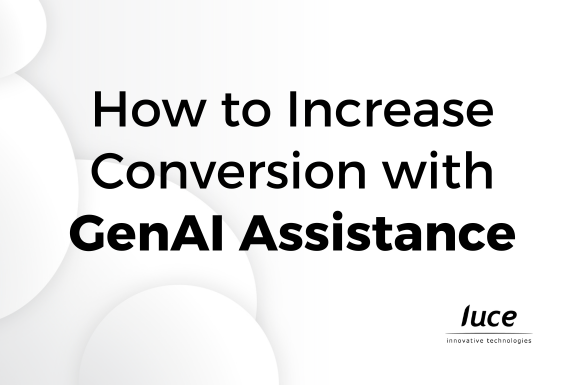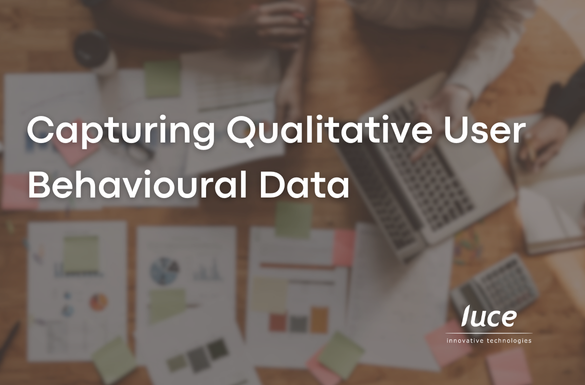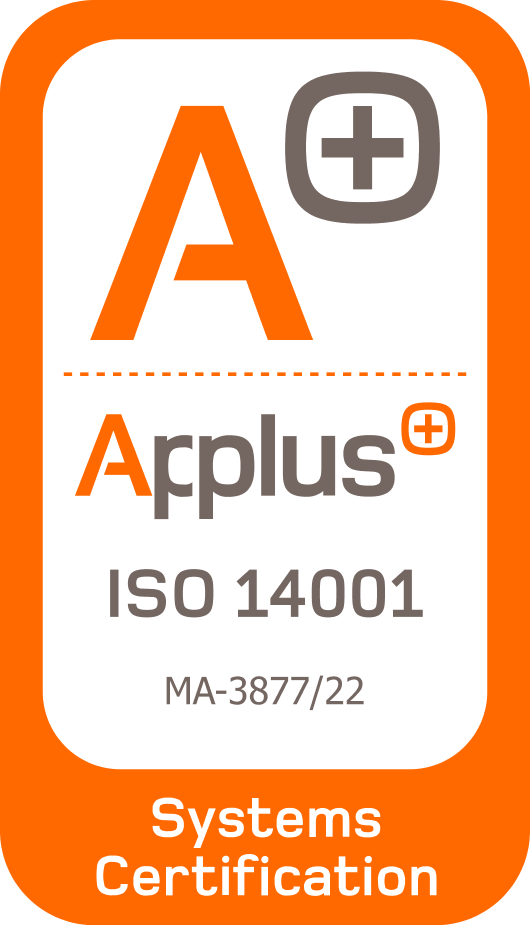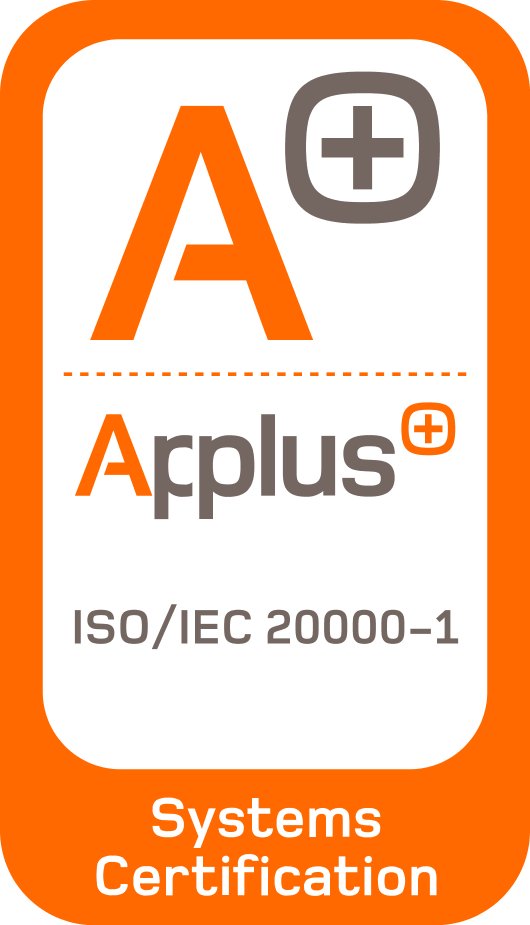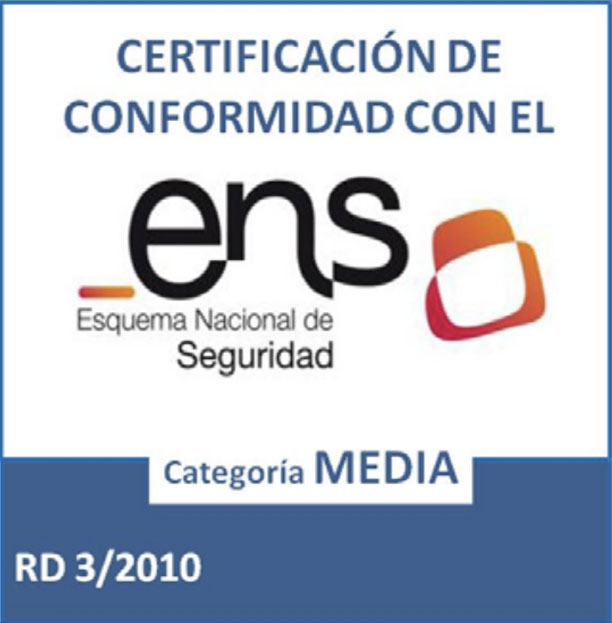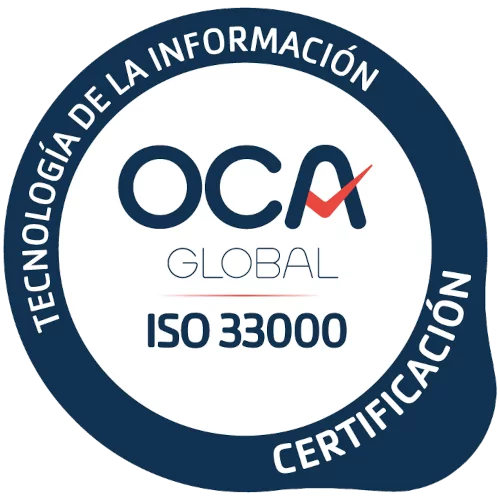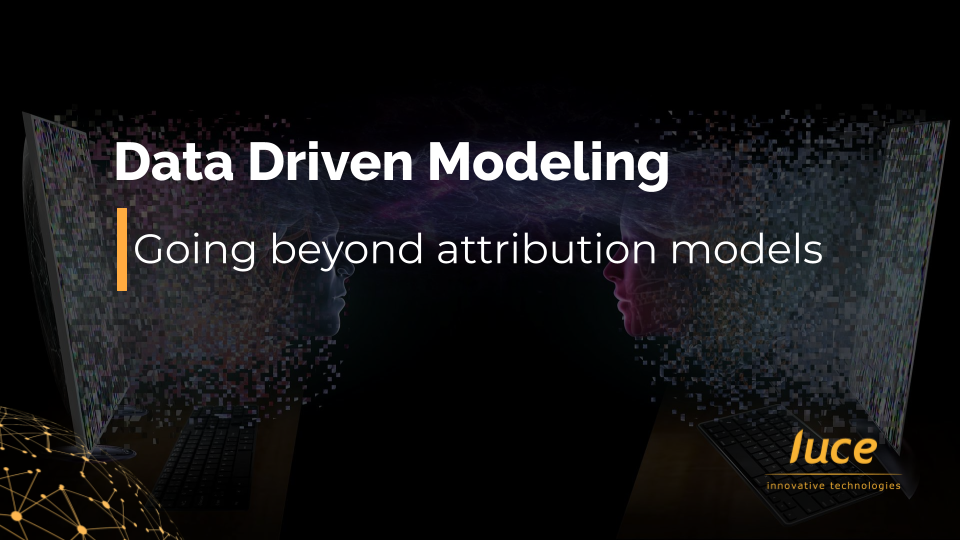
Going a step further in attribution models: Data Driven models
Understanding attribution models in digital marketing
How do you know which channels, messages and offers have the greatest impact on your customers’ buying decisions? The answer to this question is attribution models.
Attribution models are able to measure how much each medium has contributed to the final conversion through a set of rules or data. This set of practices assesses how your users interact with each digital marketing campaign, at what point they move on to the final purchase and beyond.
The goal is to find out which channels, messages and promotions have the greatest impact on the decision to convert.
Using attribution modelling allows you to quantify the success or failure of each digital marketing initiative, based on user response. It can also determine the value of each individual to your brand based on their interaction.
The more data you have about how campaigns work and how your target users respond, the more technical and accurate your digital content and journeys will be, the more refined your attribution models will be, and the better profiled the segments in your marketing campaigns will be.
Why do we need a multi-platform attribution model?
There are many good and conclusive reasons why attribution models are essential for organisations, for example:
- Data is crucial for making sound business decisions, especially given the breadth of user profiles, customers, channels, etc.
- Current technologies allow us to collect a lot of information from each touchpoint (applications, websites, other connected devices…).
- The large amount of data makes it difficult to manage, organise and understand, so it is necessary to be able to process it properly to draw conclusions.
- A lot of data is currently separated between different teams and different tools, and it is necessary to share it in order to have a complete, comprehensive and unified view of the customer journey.
- Attribution models help to better understand the customer and therefore create more relevant and engaging experiences: personalised.
- They provide valuable long-term information and streamline cross-departmental work.
- They help streamline marketing efforts: improving customer acquisition rate, customer satisfaction or customer retention.
- They are key to predicting the “next-best action” to offer the customer and therefore to increasing the lifetime value of the customer.
Types of attribution model
There are two main groups of attribution models:
Heuristic models (based on fixed rules):
They distribute conversions, taking into account the path that users take to conversion. This attribution is done on the basis of pre-defined criteria.
Types of attribution:
- Last Click
- First Click
- Lineal
- Time Decay
- Position based
Data Driven Models (based on data) :
They are based on mathematical algorithms. It differs from heuristic models in that it uses conversion data to calculate the contribution of each channel.
Types of attribution:
- Shapley Model
- Markov chains
- Logistic regression
- Conditional probabilistic models
- Neural networks
But…How do I choose the right attribution model for my organisation?
There is no right answer, as each model depends on several variables such as the maturity of the organisation and the teams, communications, target, channels, etc…
Historically, the most widely used attribution models have been heuristic models, used as a way of simplifying the customer journey by basing their behaviour on a series of rules. However, while these models can be a good approximation to understand how touchpoints are distributed according to predefined rules, they reduce the analysis of user behaviour by limiting the behaviour and not taking into account the multiple sources of data available.
It is for this reason that data-driven attribution models such as the Shapley Model and Markov chains are considered more accurate because they make use of statistics and mathematical probability to determine the possible distribution of conversions between touchpoints.
Do you want to know which attribution model is best for your organisation?
Contact the Luce Innovative Technologies team and we will help you to improve your user experience and SEO positioning.
Luce IT, always adding value
“We believe that technology and data could change the world”
The history of Luce is a story of challenges and nonconformity, always solving value challenges using technology and data to accelerate digital transformation in society through our clients.
We have a unique way of doing consulting and projects within a collegial environment creating “Flow” between learning, innovation and proactive project execution.
In Luce we will be the best offering multidisciplinary technological knowledge, through our chapters, generating value in each iteration with our clients, delivering quality and offering capacity and scalability so they can grow with us.
